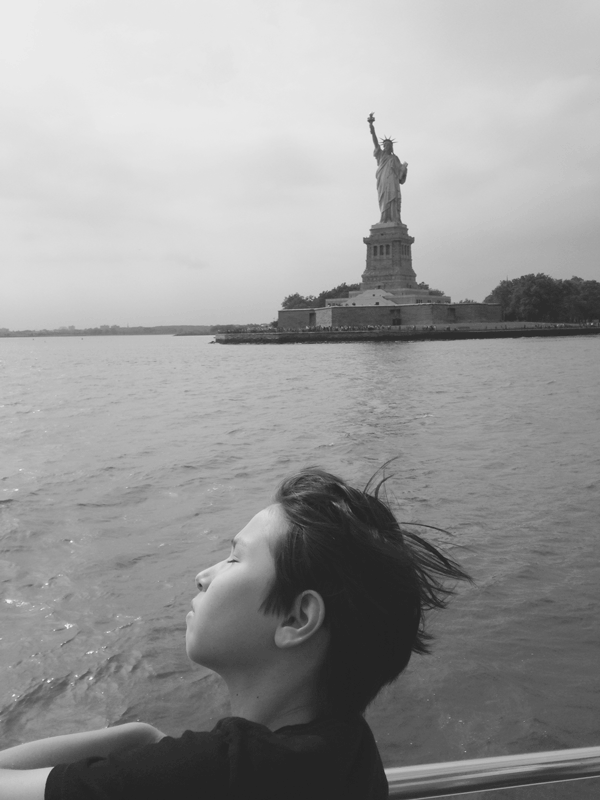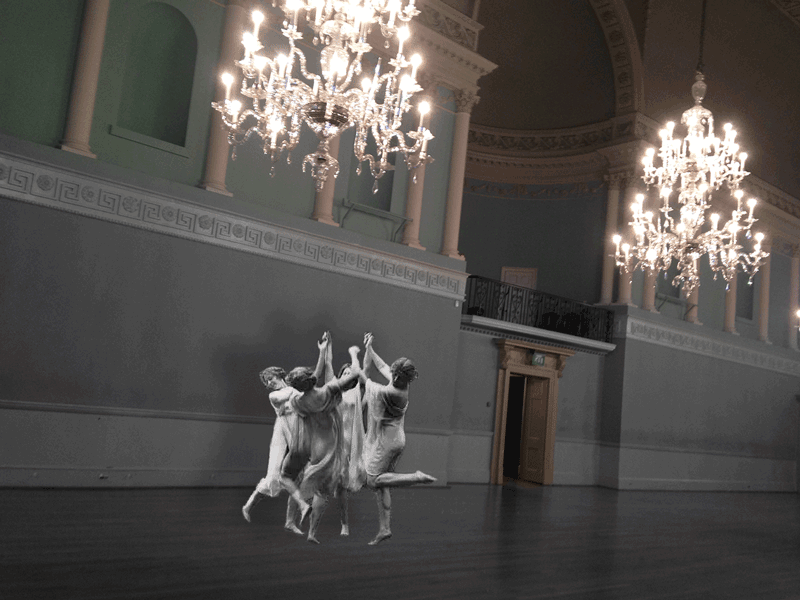Animated GIFs are great for the web because of their quick load time and easy accessibility on browsers. They are also easy to send as emails or on social media.
The first two are animated GIFs that I created previously for another class. I used these samples in a lesson for my students. You can see them on my website here: Fun with Type
The other three are new animated GIFs that I created using different techniques.






ANIMATED GIFS
TYPOGRAPHY
I created and altered the text in Photoshop and combined the layers into a single file.

LIBERTY
I was intrigued with the idea of animating a single area within an image to create movement. I wanted this image to show my son's hair blowing in the wind. Since I did not shoot any video of this scene, I moved and rotated pieces of his hair in Photoshop layers to create an illusion of animation. I used about 5-6 layers.

BALLROOM
I wanted to use historical photos from the Library of Congress Archives. I could look through those images all day! I'm interested in exhibition design and am fascinated by black and white photos as discussed in the "Once Around an Island" project. Instead of beginning with the historical image, I chose a color image that I shot of a Victorian ballroom while visiting Bath, London. I used a mask to make the image half grayscale. Then I picked an image of four dancing figures from the Library of Congress, Johnston, Frances Benjamin, 1864-1952 collection. I wanted to create a subtle animation of the dancer's leg moving up and down. I used 5-6 layers.

i LOVE TEXT
After reading the instructions and viewing the videos, I realize that I have too many layers (94) in this animated GIF that I created prior to this class. I also did not stabilize my camera and shot from overhead, making the frames shaky. The lighting was not ideal, causing some dithering in the final product. I went back and got rid of some of the excess edges in the background and reduced the size to 400 x 300 pixels.

VINTAGE PHOTO SHOOT
For another take on the historical photo, I chose an image of two women being photographed with a screen or wall behind them, also from the Johnston, Frances Benjamin 1864-1952 collection. I used a version of the cinemagraph technique by converting video frames to layers using a selected range of images from a video that I shot of my husband moving his arms up and down in a padded elevator. I wanted it to have an abstract effect. I used 14-15 layers in the final file.




